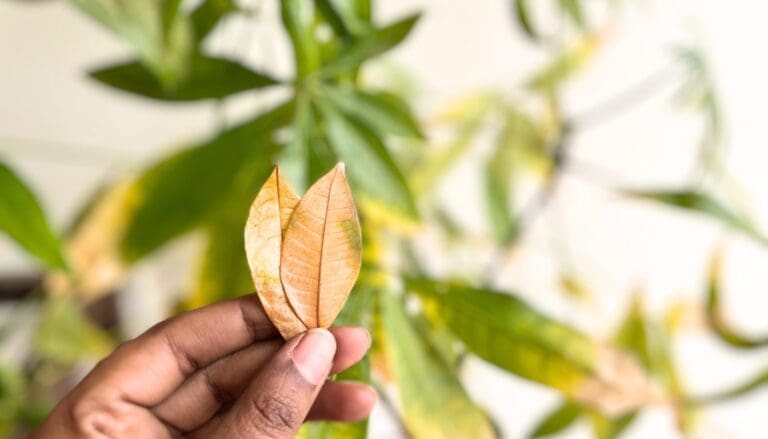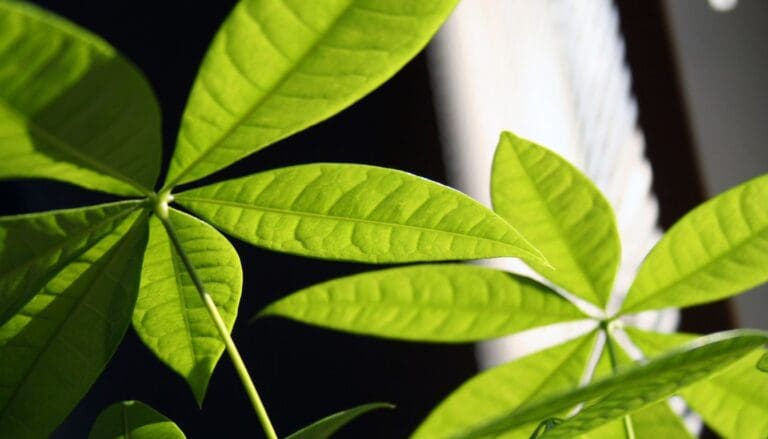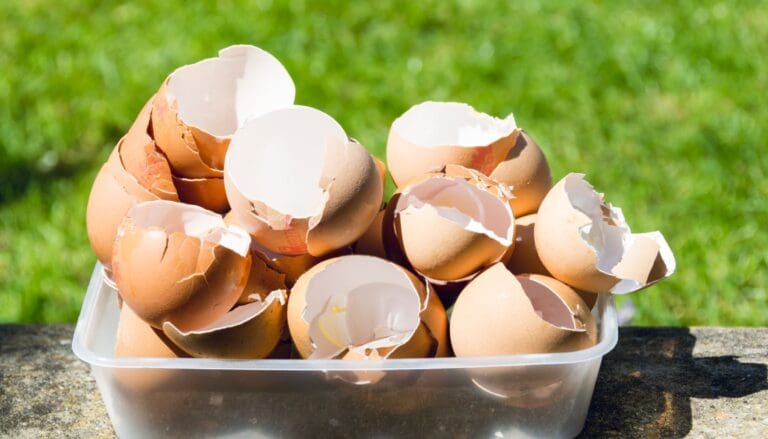How Long Does It Take For A Plant To Recover From Underwatering?
Watering the plants right is something a lot of people struggle with. If you don’t get it right, your plant might get underwatered or overwatered. And if you want to know how long it takes for a plant to recover from underwatering, you are at the right place.
On average, an underwatered plant can take 2-4 weeks to recover, but it largely depends on the damage to the plant. If you correct the watering and provide ideal conditions for the plants, then you can expect to see new growth soon. Don’t overwater or fertilize the plant expecting an early recovery.
In this article, we will understand all the information you need to know about underwatered plants and how long they take to recover. So, keep reading.

Please note: Simplify Plants is reader-supported. Some links in the post are affiliate links and I get a commission from purchases made through links in the post.
How do I know if my plant is underwatered?
You are not alone if you think you haven’t got the watering right for your plant.
It takes years for plant owners to correct the watering.
Many people end up overwatering or underwatering their plants before getting the watering right.
To know if your plant is underwatered, you need to understand the signs of underwatering.
The most important sign that you need to look for is dry soil.
If your plant is underwatered, the soil will feel dry or compact when you touch it.
Dry and crusty soil indicates that the plant needs water immediately, and compact soil indicates that the plant has been underwatered for a prolonged period.
Some other signs of underwatering are:
- Dry and crispy leaves
- Discolored foliage
- Wilting leaves
- Slow growth or no growth
- Droopy leaves and stem
- Pest infestation
An underwatered plant cannot function right as it doesn’t get all the nutrients it needs and gets them very slowly.
Therefore, you notice slow growth and watch the leaves lose their color and texture and eventually fall from the plant.
The plant can droop due to a lack of energy.
In some cases, you might notice spider mite infestation on the underwatered plant, as these bugs enjoy feeding on plants that stay in dry conditions.
If you notice pests, consider spraying the plant with a Neem oil solution, as it will help kill them.
Also read: Overwatering Vs Underwatering Plants: Signs, Fix & More
How long does it take for an underwatered plant to recover?
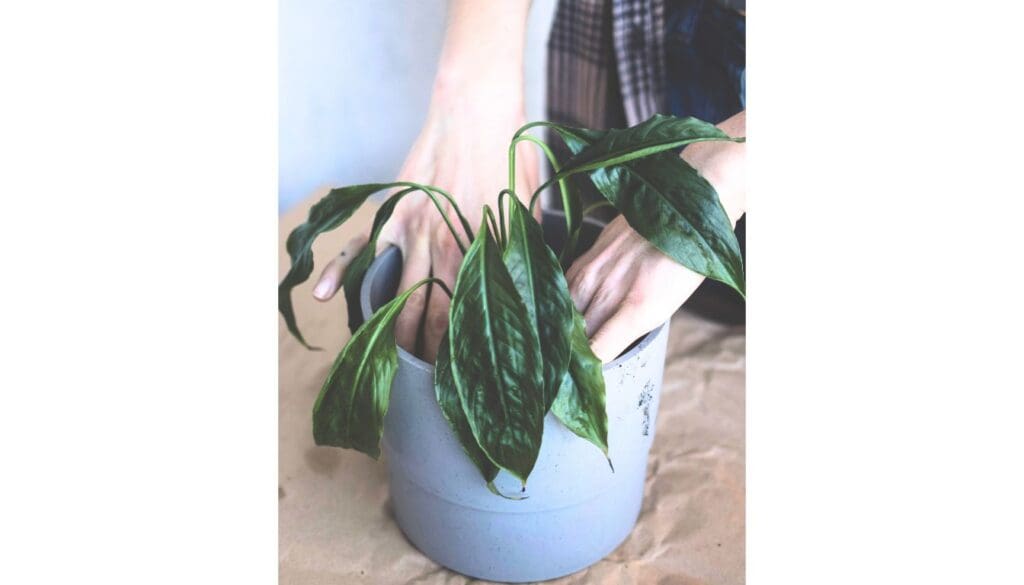
The recovery time of an underwatered plant depends entirely on how long you didn’t water it and the amount of damage.
If the plant didn’t get water for a very short period, it would recover within a few hours.
However, it can take weeks to recover if the plant doesn’t get water for days.
On average, an underwatered plant can take 2-4 weeks to recover and start functioning normally.
The recovery time will also depend on how well you care for the plant and whether it gets the right growing conditions.
Why did my plant get underwatered?
If you are wondering how or why your plant got underwatered in the first place, here are the possible reasons:
- Lack of watering: Every plant has different water requirements, and if you do not water your plant when the soil becomes dry, it will get underwatered.
- Shallow watering: If you only give slight water to your plants, they will not get all the nutrients they need, and the soil will not get soaked thoroughly. Eventually, the plant will get underwatered.
- Forgetfulness: Many people are so busy that they don’t have enough time to take care of their plants and forget to water them when needed. This is the most common reason behind underwatered plants.
- Wrong soil mix: If you use the wrong soil mix for your plants, they might not be able to retain the required water and drain all, making the plant underwatered. In such a case, you must repot the plant with the right soil mix to prevent it from dehydrating.
- High temperature or direct sunlight: Another reason behind an underwatered plant can be its location. If you have placed the plant in a spot exposed to direct sunlight or high temperatures, the plant will get dehydrated as these conditions will soak out all the water from the soil, leaving it dry. You must relocate the plant to help it recover.
How to fix an underwatered plant?
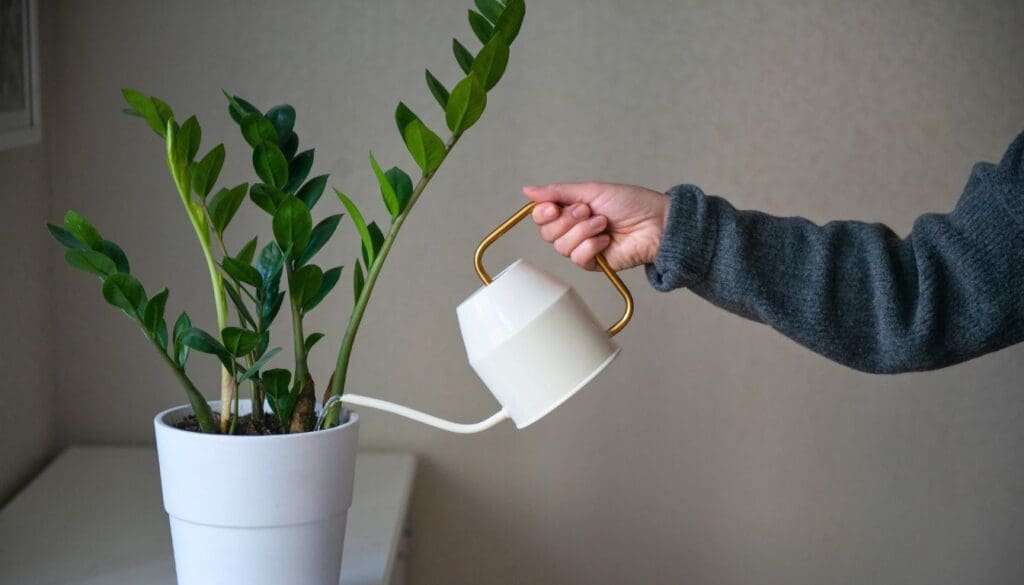
Now that you know how long it takes an underwatered plant to recover let’s understand how you can fix it.
Follow these steps:
1. Inspect the plant and the soil
Start by inspecting the plant and the soil.
Check all the dry and damaged parts of the plant and the soil to understand the dryness level.
If the soil is slightly dry, you can fix it by bottom-watering, but if it is compact, you will need to aerate it first so it can absorb the water.
2. Prune the affected parts
After you are done inspecting the plant, take a pruner.
Make sure to sterilize the pruner before and after use.
Now prune all the dead and damaged parts of the plant so it can stop wasting its energy on these parts and focus more on recovering the healthy parts.
Avoid pruning more than one-third of the plant, as it can increase the stress for the already stressed plant.
3. Aerate the soil

If the soil is hard and compact, you must aerate it first.
If you water this soil without aerating it, the soil will fail to absorb the water.
So, the plant will remain underwatered even after watering.
Aerating the soil is easy.
All you need is a chopstick, and you need to poke it into the soil and make holes.
This will allow air to flow inside the soil and loosen it up.
The soil will also absorb the water and move it to all parts.
This will allow the underwatered plant to recover faster.
4. Water the plant
You can water the underwatered plant from the top, but I prefer bottom watering as it works best.
You can try the bottom-watering method if the plant is small or medium-sized.
- First, take a tub and fill it with water.
- Place the pot inside the tub and let it soak in the water for at least 30 minutes.
- After 30 minutes, remove the plant from the tub and move it to a bright location.
You should see some improvement in your plant.
If the plant is too big to be lifted, you can follow these steps:
- Aerate the soil if it feels compact.
- Water the soil thoroughly and wait for it to drain through the drainage holes.
- Do this at least 3-4 times to ensure the water is soaked thoroughly.
- Make sure the water drains out properly.
5. Mist the plant

You can also mist the leaves to give the plant more hydration.
Take water in a spray bottle and mist the leaves of the underwatered plant.
You can also use a humidifier to increase the humidity around the plant.
This will allow it to recover faster.
6. Don’t expose the plant to extreme heat or sunlight
Excess sunlight or heat will worsen the condition of an underwatered and dehydrated plant, so avoid exposing it to too much heat or light.
If the plant is placed in a spot with extreme sunlight, move it to another spot that doesn’t get too much sun.
7. Use self-watering pots
If you are forgetful about watering your plants, introduce them to self-watering pots that take care of their water needs.
You can also use alarms and reminders to remind you to water your plants on time.
And if you plan to stay away from your plants for long, self-watering pots can be your best friend.
How to prevent underwatering?
If you want to avoid underwatering your plants and keep them happy and healthy, keep the following in mind:
1. Research the plants
Do not get your plants mindlessly; research before or after buying them.
You need to know your plants, so you know their water requirements.
This will help you prevent watering mistakes.
2. Always water thoroughly

Shallow watering is one of the reasons why your plant gets underwatered.
Therefore, whenever you water, water the plants thoroughly.
And let the excess water drain out of the drainage holes, so the plant doesn’t get overwatered.
3. Use a moisture meter
Consider using a moisture meter if you cannot detect when to water your plants.
A moisture meter will tell you the soil’s moisture content; based on that, you can water your plants, so they don’t get underwatered.
4. Use the right soil

Make sure the soil you are using is not too sandy and can hold the required moisture for the plant.
You can add compost, peat moss, or coco peat to improve the soil’s water retention capacity.
5. Get the right pot
Although terracotta pots are ideal for most plants, you should opt for plastic pots if you have moisture-loving plants.
Plastic pots will help the soil remain moist for longer and prevent your plant from getting underwatered.
6. Use self-watering pots
A great way to prevent underwatering is using self-watering pots.
These are easily available in the market and if you are forgetful about watering your plants, consider getting self-watering planters.
Recommended Garden Supplies
| Product Image | Our Recommended Gardening Supplies | Check Offers! |
|---|---|---|
Top Top
Top
Top
Top
Top
Top
Top
Top | rePotme Houseplant and Tropical Classic Potting Soil Mix | Check Offer On Amazon |
 Top
Top
Top
Top
Top
Top
Top
Top | Espoma Organic Indoor Plant Food | Check Offer On Amazon |
 Top
Top
Top
Top
Top
Top
Top
Top | GooingTop LED Grow Light 6000K Full Spectrum Clip Plant Growing Lamp | Check Offer On Amazon |
 Top
Top
Top
Top
Top
Top
Top
Top | Soil Moisture Meter | Check Offer On Amazon |
 Top
Top
Top
Top
Top
Top
Top
Top | Govee Hygrometer Thermometer, Bluetooth Enabled! | Check Offer On Amazon |
 Top
Top | LEVOIT Humidifiers for Large Room(Best For Plants) | Check Offer On Amazon |
 Top
Top
Top
Top
Top
Top
Top
Top | Upgraded DIY Automatic Drip Irrigation Kit, 15 Potted Houseplants Support | Check Offer On Amazon |
 Top
Top
Top
Top
Top
Top
Top
Top | Stainless Steel Heavy Duty Gardening Tool Set | Check Offer On Amazon |
 Top
Top
Top
Top
Top
Top
Top
Top | Bonide Insecticidal Soap | Check Offer On Amazon |
 Top
Top
Top
Top
Top
Top
Top
Top | Bonide 32 oz Spray Neem Oil for Organic Gardening | Check Offer On Amazon |
 Top
Top
Top
Top
Top
Top
Top
Top | Garden Safe Fungicide | Check Offer On Amazon |


